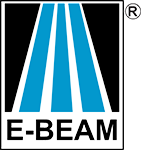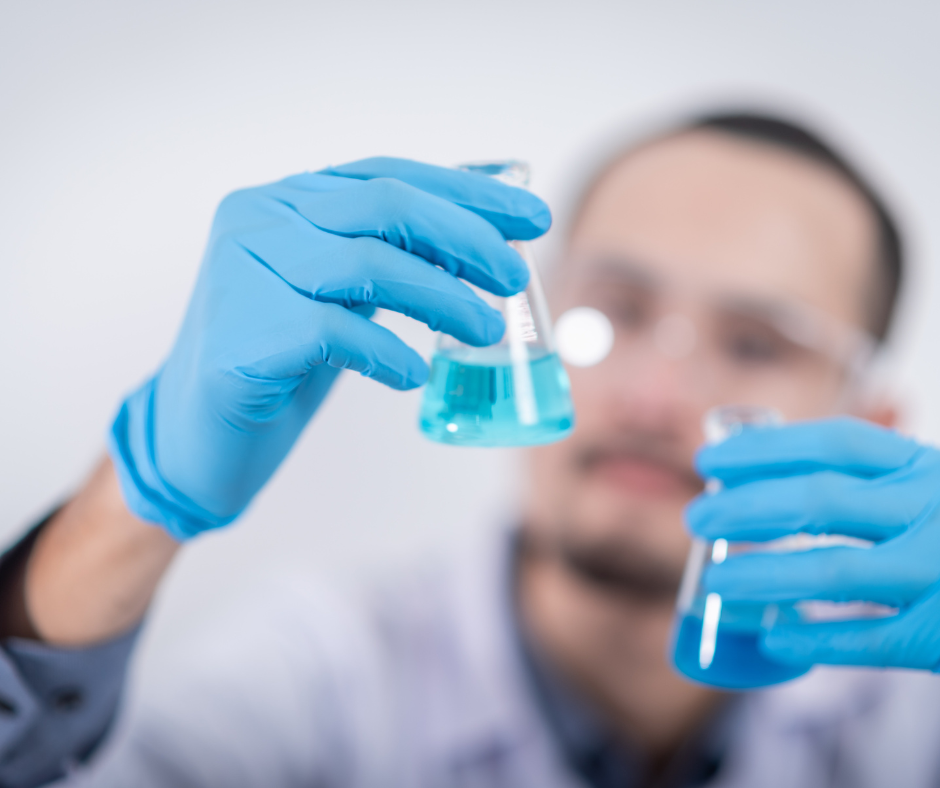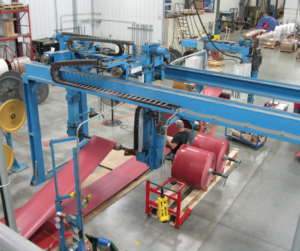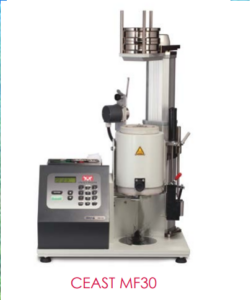In the latest Q&A with Tech Services, we delved into the topic of decontamination, also known as bioreduction. Dr. Gustavo Varca shed some light on the process, its validation, and its various applications.
Understanding Decontamination
Decontamination, or bioreduction, is the process of reducing the microbial load of materials without necessarily achieving sterility levels. While sterilization requires a validation process to demonstrate a sterility assurance level (SAL) of ten to the power of minus six, decontamination focuses solely on the killing phase of microorganisms. Gustavo explains that decontamination is often required in markets such as pet food, pet bedding, spices, and decorative materials to ensure microbial reduction and extend shelf life.
Validation Process for Decontamination
Unlike sterilization, decontamination processes do not require the same level of validation. Gustavo clarifies that the dose is adjusted to promote microbial kill based on the known bioburden. The sensitivity of the microorganism being targeted determines whether the dose is sufficient to induce sterility. However, the validation steps to demonstrate sterility are not routinely performed for decontamination products.
Determining the Dose
The dose for decontamination is determined by considering the documented evidence of microbial levels and adjusting the dose accordingly. Gustavo highlights that electron beam technology allows for precise control over the dose and its effectiveness in killing microorganisms. The minimum and maximum dose ranges for decontamination processes often differ from sterilization ranges, allowing for a larger window of flexibility.
Maximum Dose and Material Exposure
The maximum dose for decontamination is determined through a material exposure and dose mapping. Gustavo emphasizes the importance of ensuring that the product still performs after the decontamination process, as selling a compromised product is not an option. While the ISO 1137 standard recommends verification dose or audit steps for sterilization, they are not routinely performed for decontamination processes.
Applications of Decontamination
Decontamination processes find applications in various industries. Food products, such as pet food and ground beef, often undergo decontamination to ensure safety without the need for sterility. Cross-contamination in plant-based materials is also a concern that can be addressed through decontamination. Gustavo mentions that even decorative materials like dried flowers and petals can benefit from electron beam decontamination to extend their shelf life. Additionally, the emerging cannabis industry is exploring decontamination using radiation technology.
Determining the Appropriate Process
To determine whether a product requires sterilization or decontamination, it is crucial to consider its final use and the applicable regulations. Gustavo suggests starting with a microbial count and conducting dose mapping and maximum dose testing to assess the appropriate process. Each product category has its own requirements, and understanding the intended use is essential in making the right decision.
The use of decontamination processes offers a cost-effective and efficient solution for microbial reduction without the need for full sterilization. This opens up opportunities for industries that do not require sterility assurance levels but still need to ensure product safety. The ability to extend the shelf life of decorative materials and address cross-contamination concerns in the food industry can have significant implications for both manufacturers and consumers.
Looking ahead, advancements in electron beam technology and the increasing demand for decontamination processes may lead to further innovations and applications. The cannabis industry, in particular, presents a promising area for exploration, as regulations and consumer expectations continue to evolve.
Decontamination, or bioreduction, plays a vital role in ensuring product safety and extending shelf life in various industries. While it does not require the same level of validation as sterilization, it offers a viable solution for microbial reduction. By understanding the specific requirements of each product and its intended use, manufacturers can make informed decisions regarding the appropriate decontamination process. As technology continues to advance and regulations evolve, the future of decontamination looks promising, with potential applications in a wide range of industries.
Interested in learning more? Fill out a contact form or schedule a free call here!




